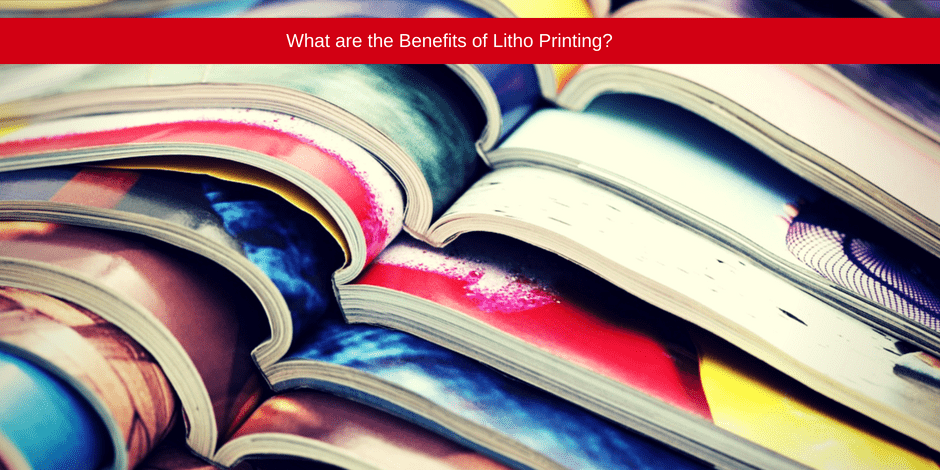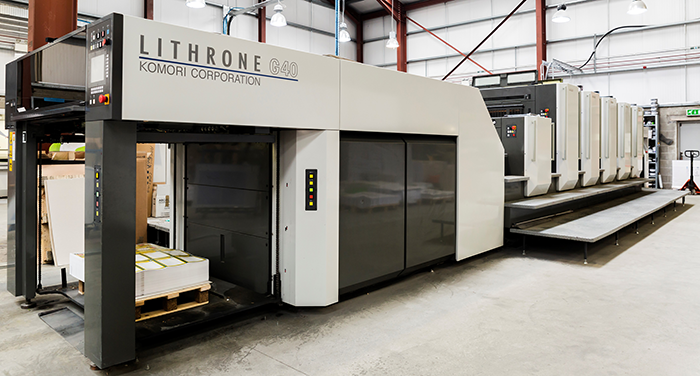litho printing Techniques Used by Leading Print Shops
litho printing Techniques Used by Leading Print Shops
Blog Article
A Comprehensive Overview to Comprehending Litho Printing Methods
The globe of litho printing, a strategy originating from the late 18th century, is a fascinating mix of history, art, innovation and science. Remain with us as we trip into the captivating world of litho printing.
The Historic Advancement of Litho Printing
The historical trajectory of litho printing, a pivotal advancement in the world of communication, is a fascinating story of human ingenuity. Birthed in the late 18th century by Alois Senefelder, this strategy was originally an economical approach of publishing staged jobs. Lithography, stemmed from the Greek words for 'rock' and 'to create', utilized a smooth rock surface area to transfer pictures onto paper. The procedure developed with the arrival of the rotary press, which significantly boosted efficiency (litho printing). In the 20th century, the technology of countered lithography reinvented the market, permitting automation of top quality prints. Each phase of litho printing's development showcases humanity's ruthless quest of efficiency and top quality in aesthetic interaction.
Decoding the Scientific Research Behind Litho Printing Inks
Relocating onward in the expedition of litho printing techniques, the focus now changes to the science behind litho printing inks. The composition of these inks, their drying procedure, and shade mixing techniques form the backbone of this complicated art type. Understanding these components is important to mastering the craft and achieving the preferred print outcomes.
Structure of Litho Inks
In lithographic printing, the essential function of litho inks can not be overstated. Pigments, the color-providing components, are finely ground particles suspended in the automobile, a fluid that lugs the pigment onto the printing surface area. Each element plays a crucial component in the final print's high quality, making the specific formula of litho inks an elaborate science.
Ink Drying Process
From the composition of litho inks, focus transforms to the remarkable process of ink drying. The drying process is essential, as it impacts the final print's high quality and long life. Two main approaches are utilized in litho printing: oxidative drying and absorption. Oxidative drying out entails the ink reacting with oxygen airborne to form a difficult, completely dry film. This approach provides a long lasting coating, yet can be slower compared to absorption. Absorption, on the other hand, includes the ink permeating into the paper fibers, which is a much faster process but can result in much less dynamic shades. The option between these techniques is reliant upon variables such as print speed requirements, the paper kind used, and the wanted surface.
Color Combining Methods
While the drying out process plays a vital role in litho printing, the science of shade blending strategies holds equivalent importance. The science behind litho printing inks also takes into account the transparency of the ink, which impacts exactly how colors overlay and mix.
The Art and Style Aspects in Litho Printing
Litho printing takes a breath life right into art and design through its special components. The procedure entails creating an image on a lithographic sedimentary rock plate or steel plate with a smooth surface area. The image is after that printed onto a tool, typically paper, by moving the ink from the plate. What collections litho printing apart is its capability to reproduce elaborate designs with high fidelity, making the outcome nearly identical to the original artwork. This is accomplished via making use of different line strategies such as hatching, stippling, and cross-hatching, which enable for a range of tonal results. Furthermore, litho printing accommodates a range of colors, making it possible for artists to create vivid and vibrant prints. This mix of accuracy and versatility makes litho printing a recommended option for lots of musicians and developers.
Modern Applications of Litho Printing Methods
Litho printing techniques have found extensive use in the modern-day industrial sector. Its impact and significance proceed to grow with the development of new developments and modern technologies in the field. This section will certainly check about his out these modern applications and the transformative function they play in the printing market.
Industrial Litho Printing Makes Use Of
Litho printing continues to be a vital component of the commercial sector. High-volume printing jobs, such as the production of publications, newspapers, and packaging, count on litho printing for its capability to supply exceptional image top quality and price effectiveness. Litho printing additionally supplies a broad color range, remarkable to that of electronic printing.
Technologies in Litho Printing
Pushing the borders of conventional these details techniques, modern innovations have sustained a host of developments in litho printing. These innovations have not only boosted the high quality and performance of litho prints however additionally increased its application scope. One popular growth is electronic litho printing, which integrates the merits of digital modern technology with litho's high-quality result. This crossbreed version provides faster setup times, minimized waste, and allows on-demand printing. One more noteworthy innovation is the introduction of ecologically pleasant inks. These inks, made from vegetable or soy-based remedies, have actually considerably lowered the market's environmental influence. litho printing. In addition, the advancement of advanced plate technology has structured the printing procedure, causing sharper pictures and enhanced shade integrity. These advancements highlight the long-lasting importance of litho printing in the modern globe.
Checking out the Refine of Litho Printing: Detailed

Challenges and Solutions in Contemporary Litho Printing

Despite the accuracy and tradition that litho printing happily promotes, it is not without its collection of contemporary obstacles. Digital litho printing permits for affordable brief runs and easy customization, resolving the problem of variable information. Thus, while there are challenges, the litho printing industry is proactively check that adjusting to fulfill them head-on, guaranteeing its significance in the future.
Final thought
To conclude, litho printing, with its abundant history and clinical details, holds a considerable area in the print industry. As the guide discloses, it's a synthesis of art and innovation, with modern-day innovations guaranteeing its importance. However, the sector encounters obstacles that call for innovative options, with a concentrate on automation and sustainability. The future of litho printing rests on its ability to adapt to these changing demands, verifying its enduring value in an advancing market.

Report this page